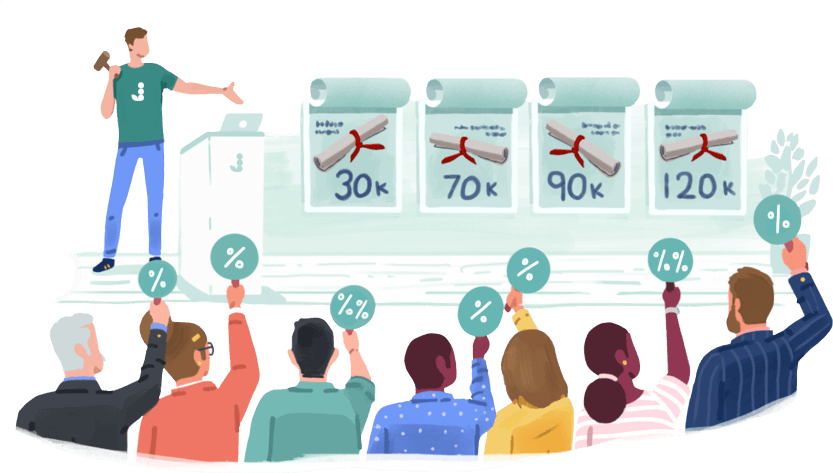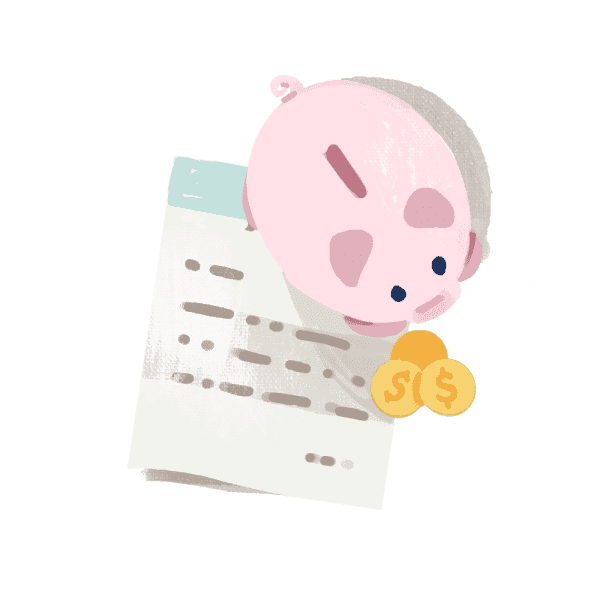Let's work together to get you lower private student loan rates.
We make lenders compete to offer you lower rates
than you can get on your own.
How? Group bargaining power:
- Signup below - no cost, no commitment, no credit check
- Lenders compete for your group’s business
- You get the best offer (for your credit profile)
162,462
members signed up so far
$835M+ in loans
secured at low rates
up to 4% lower
for Juno members
1,236 Juno members
3,066 Juno members
1,293 Juno members
1,232 Juno members
1,514 Juno members
986 Juno members
2,537 Juno members
2,743 Juno members
1,165 Juno members
1,933 Juno members
How it Works
We gather large groups of people and get lenders to compete for our business.
BEFORE APRIL 30
You sign up.
Tell us a little bit about yourself and help us grow our negotiating power by spreading the word.

MAY
We run a bid.
Using the power of your voices, we make lenders compete for our collective business.
JUNE
We compare.
We share the negotiated deals with you and you can decide to use it or not.
There’s no commitment.

Why Juno?

Free, Fast and Easy
Signing up is free and takes less than 2 minutes. We don’t run a credit check and don’t need your social security number.

Better Deals
Months of research and the competitive process ensure that our members get the best rates in the market. You’re always free to compare yourself!

Together
Invite those you care about and help the negotiation be successful. The larger the group, the better our chances of success. You'll also get rewarded for helping grow our community.

Transparent
We will keep you informed through the entire process so you can make informed decisions.
Featured Articles
We Are Juno
Recent grads who learned everything you need to know about saving on education costs. We’re always happy to chat, so feel free to send us a note!


 High Yield
High Yield





